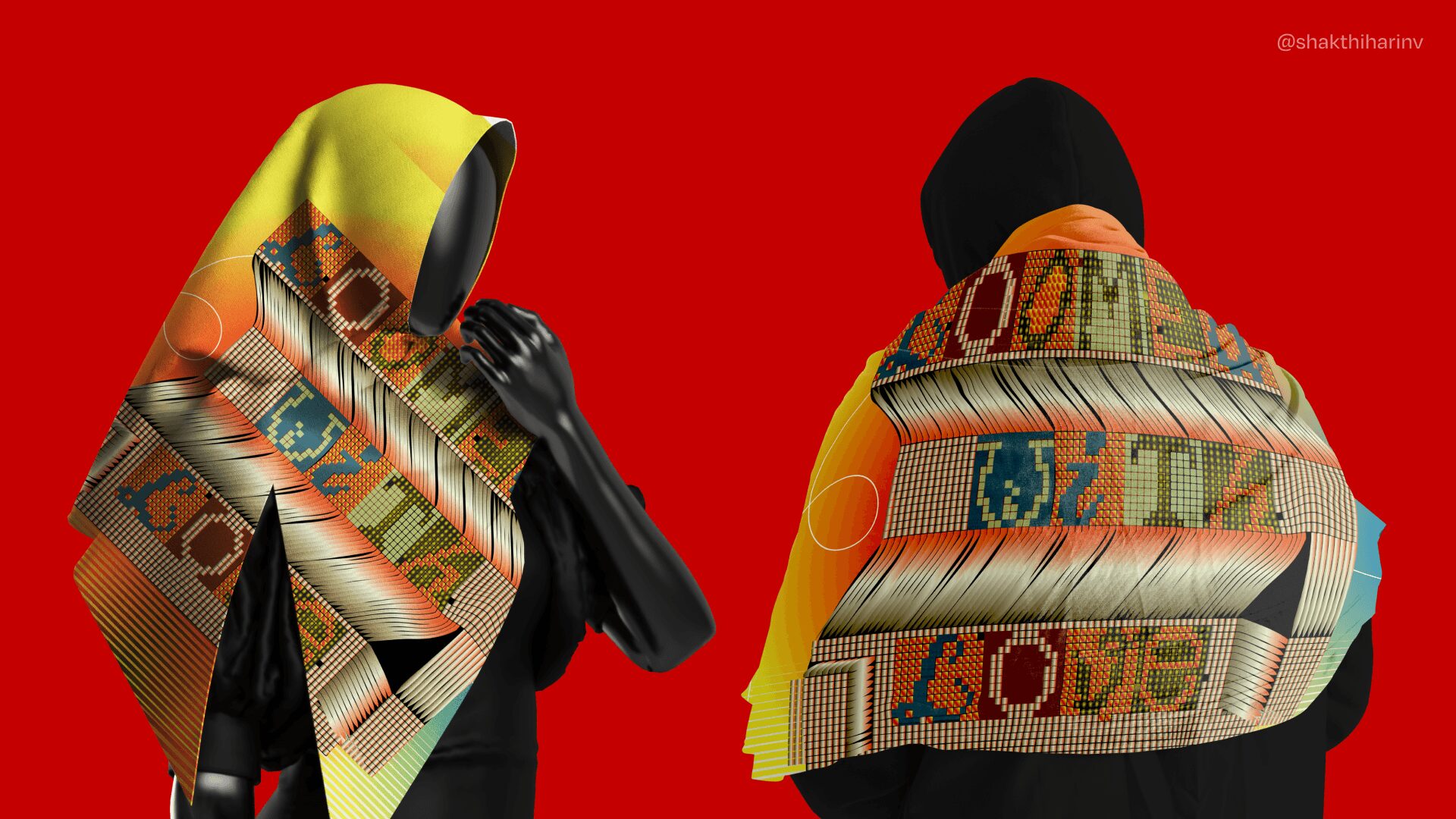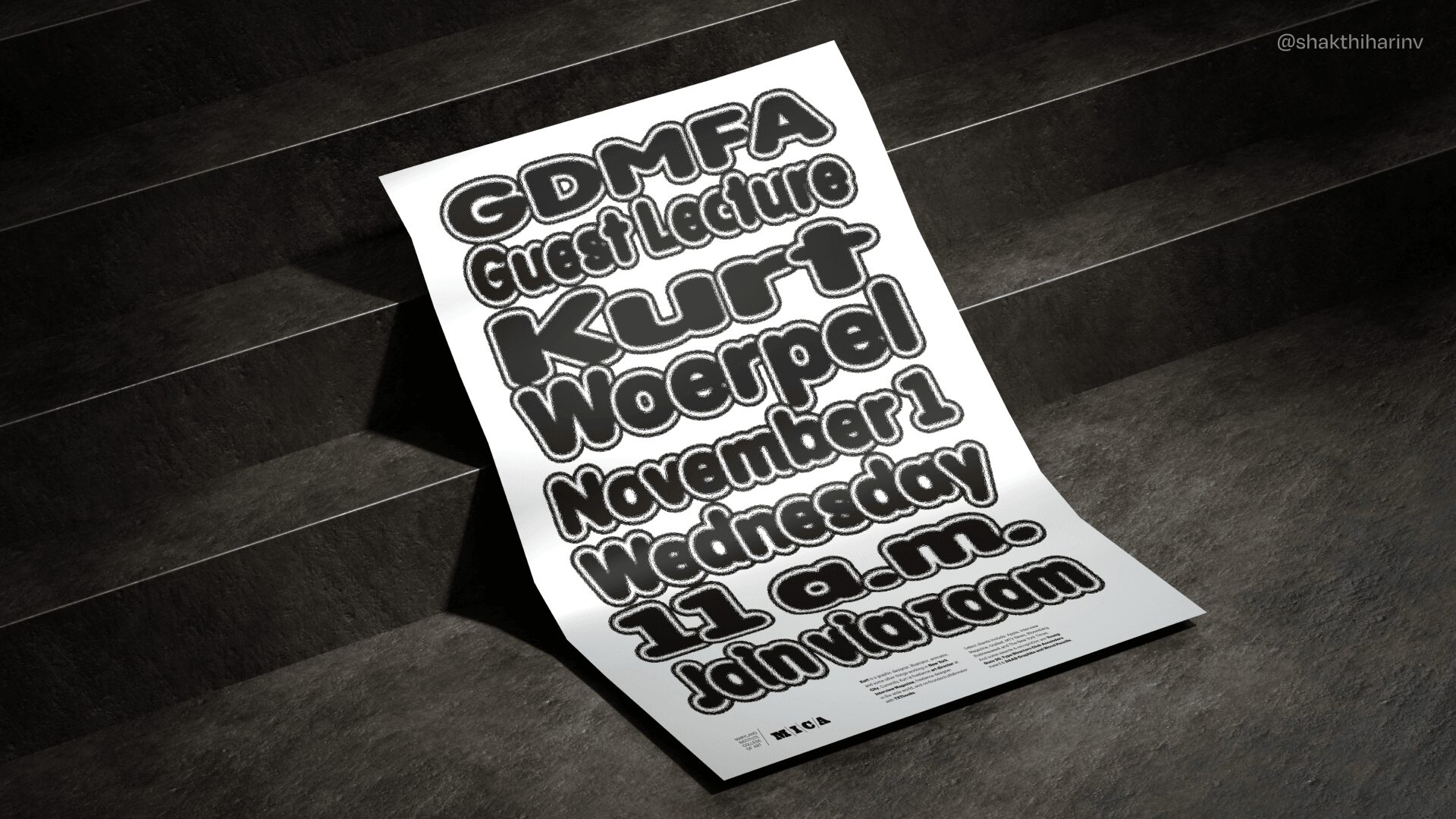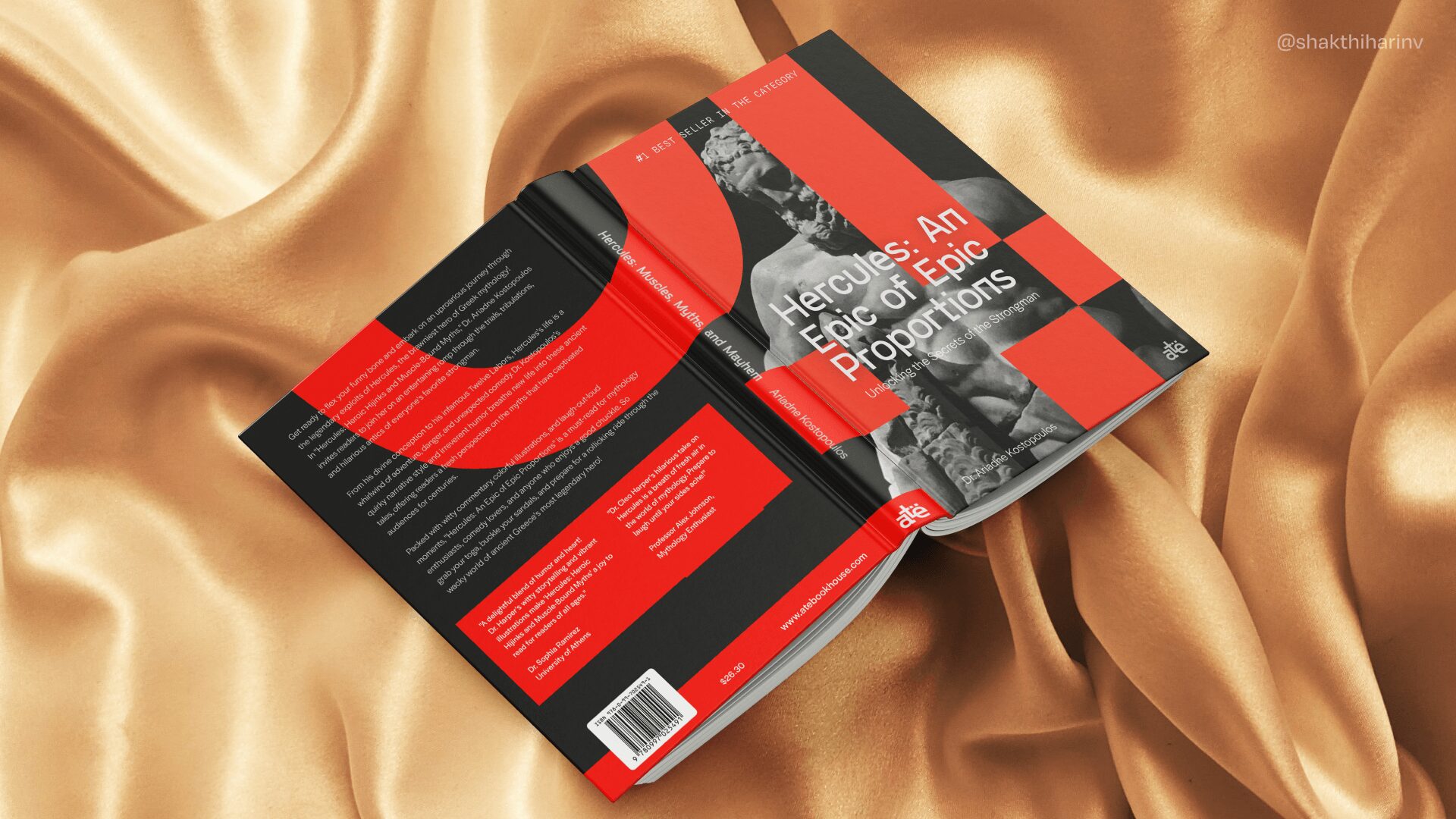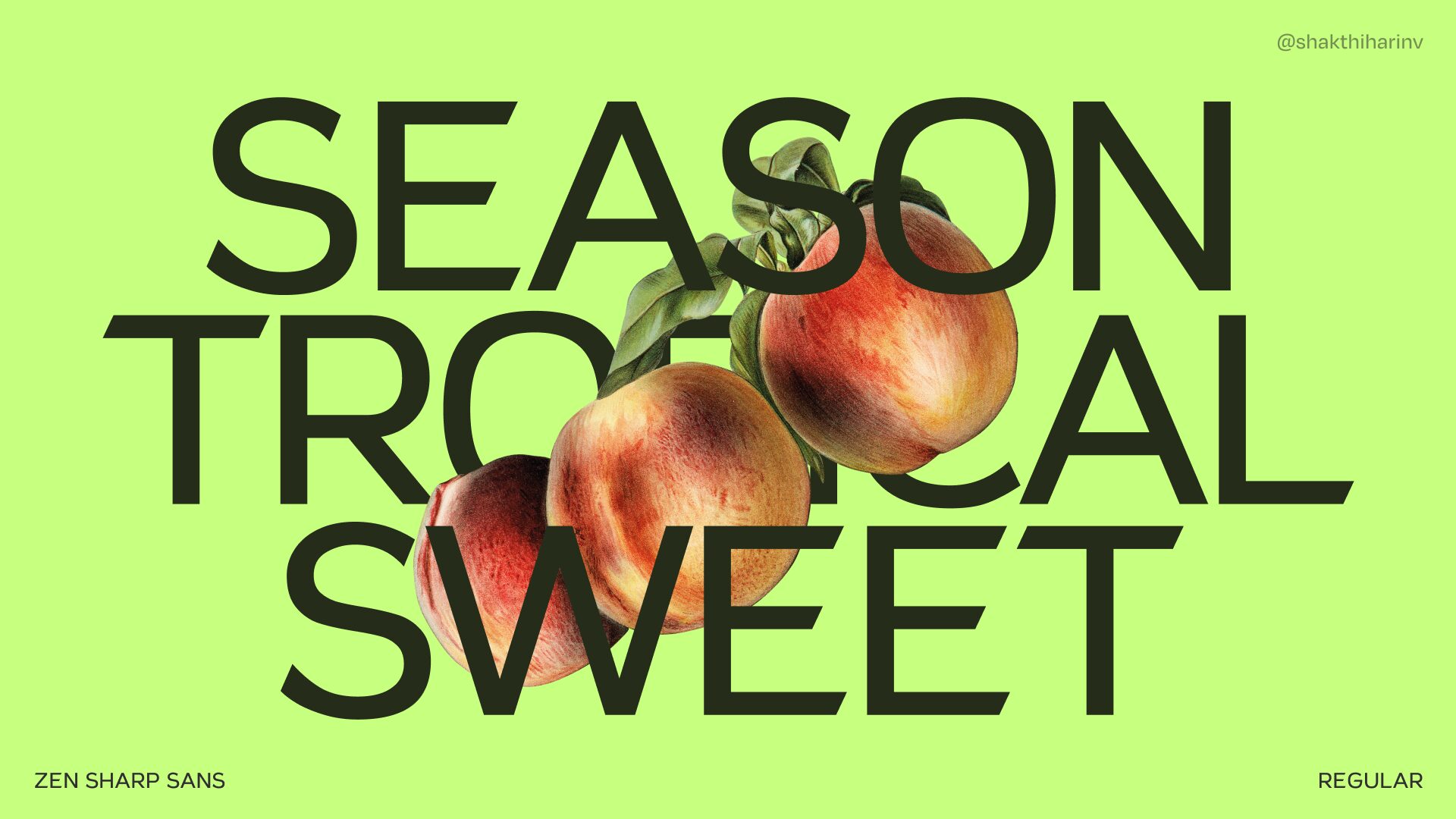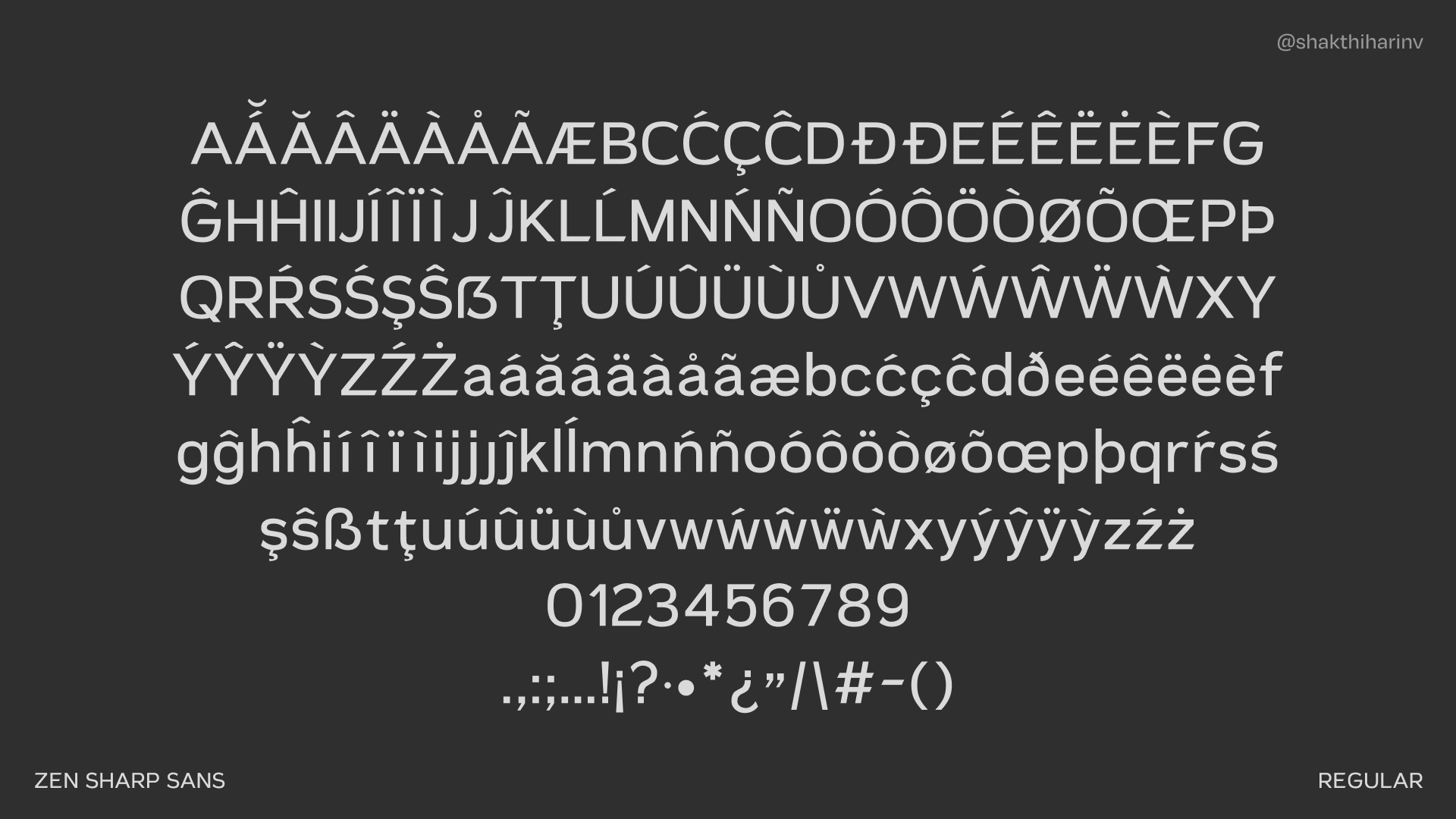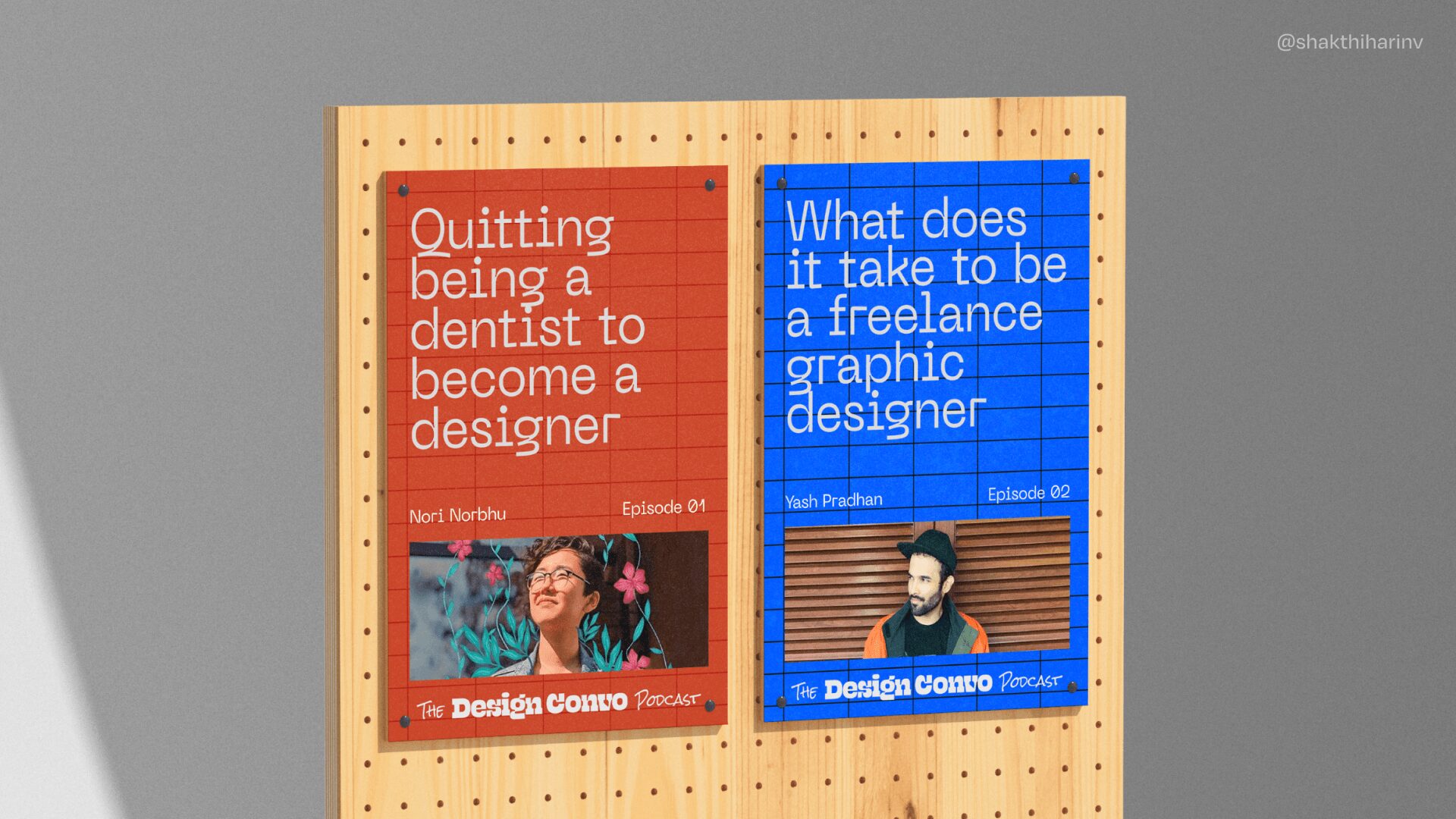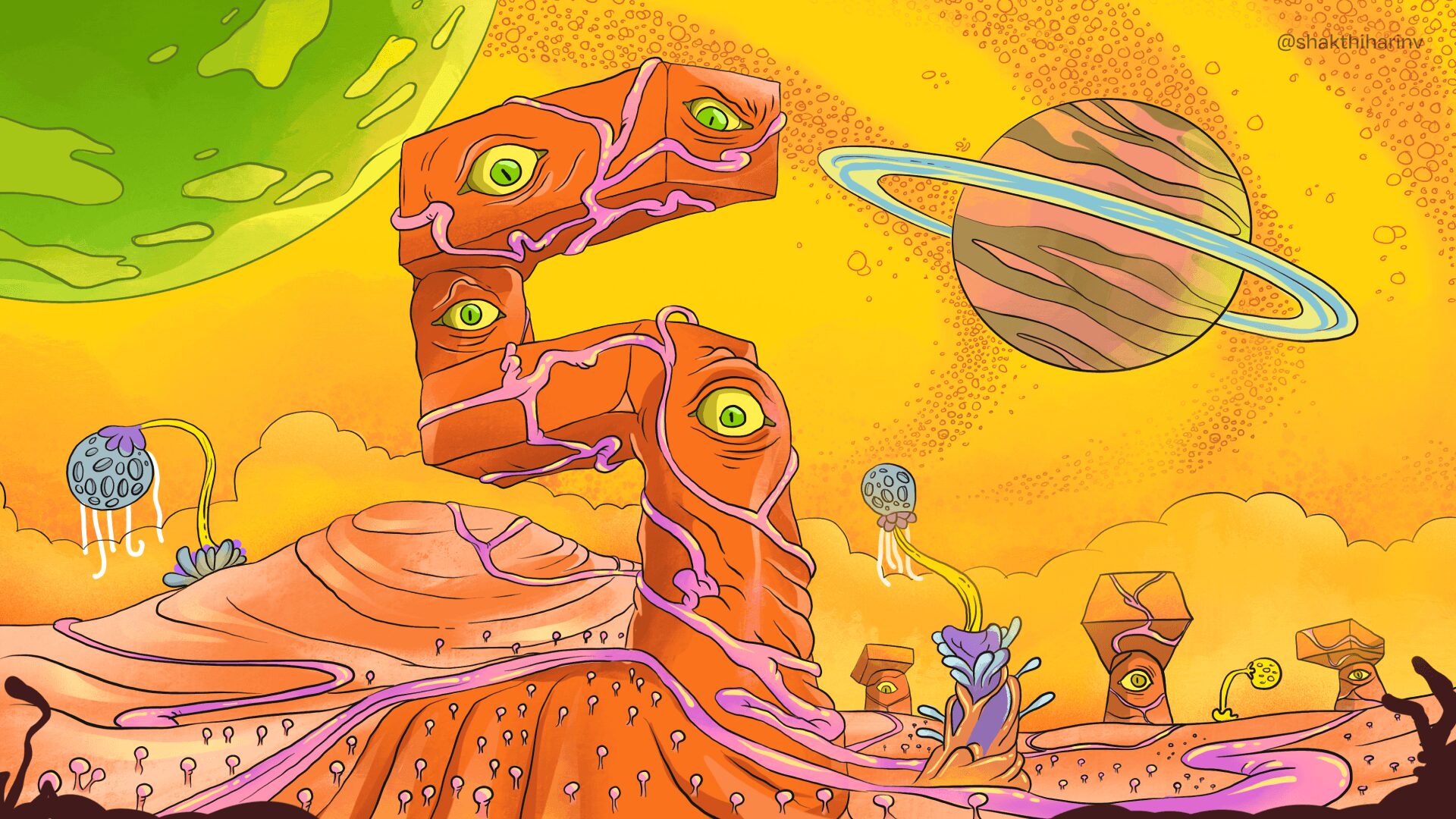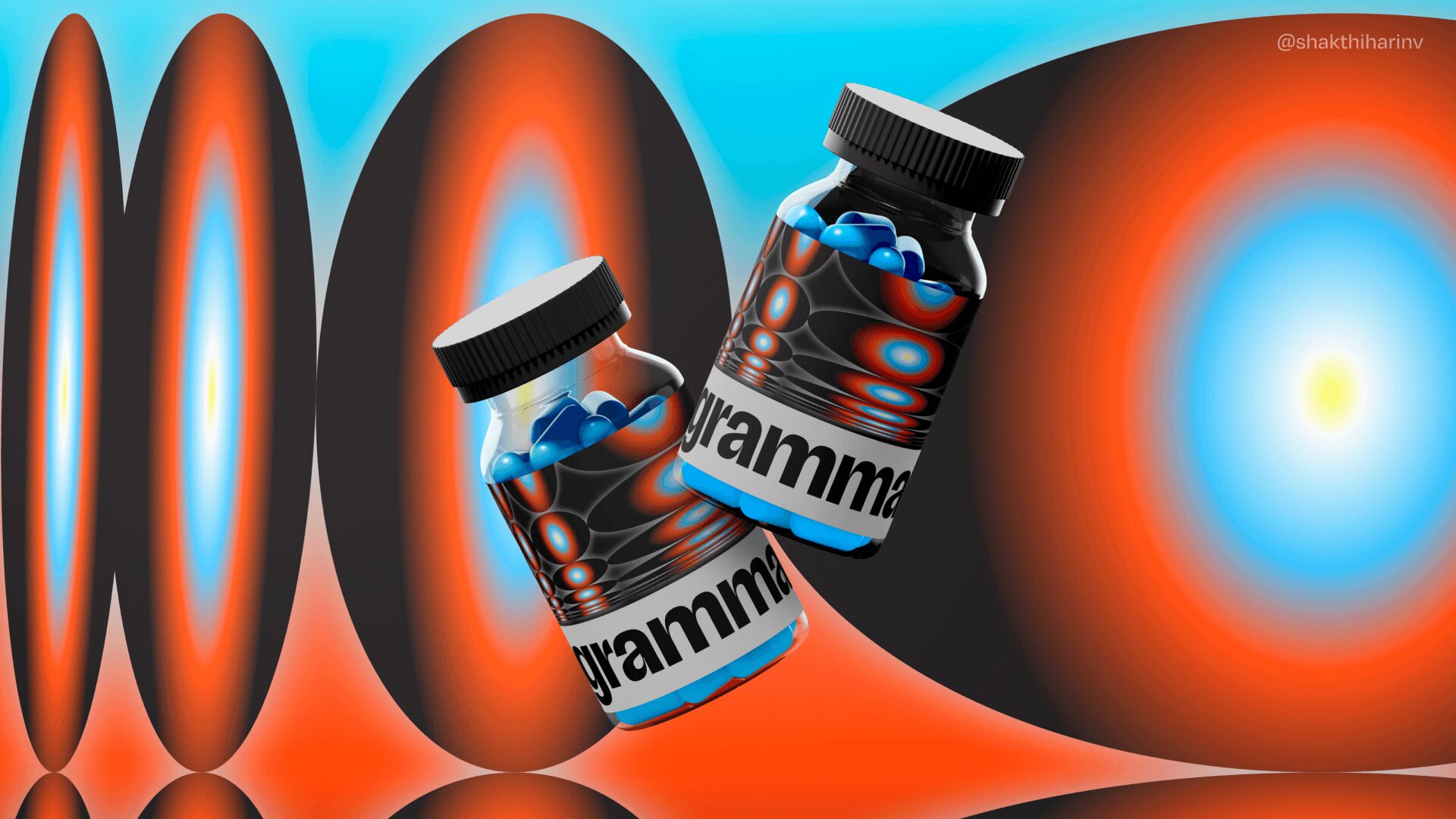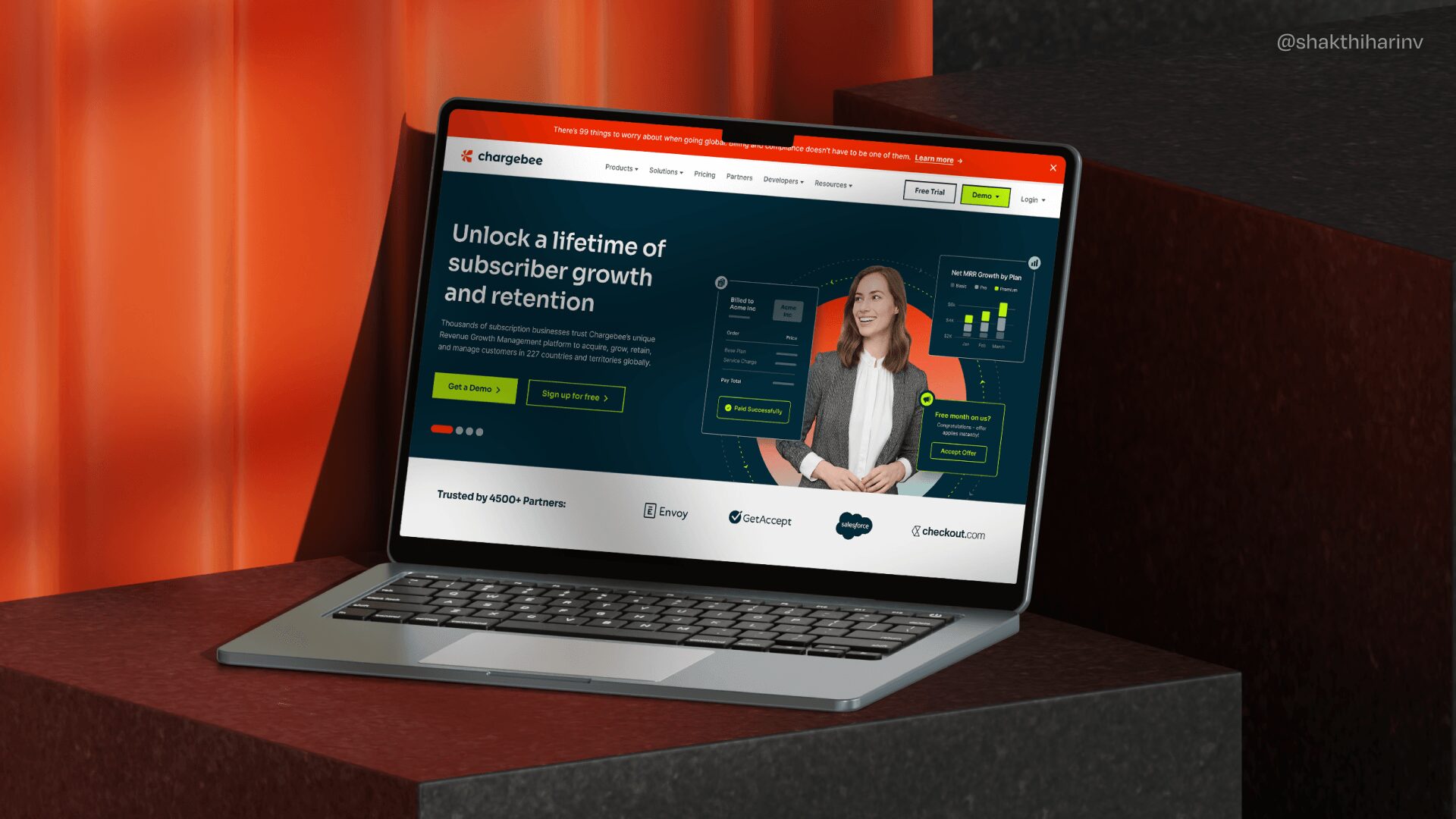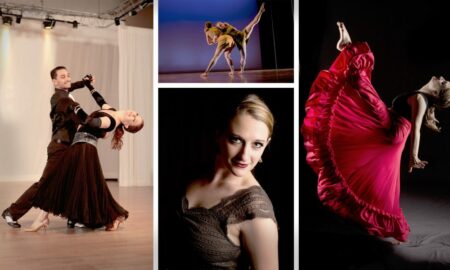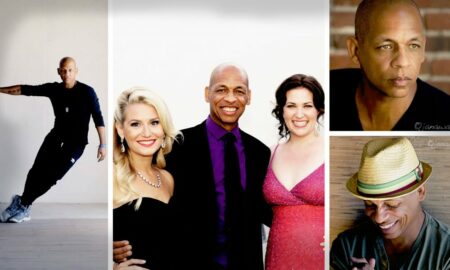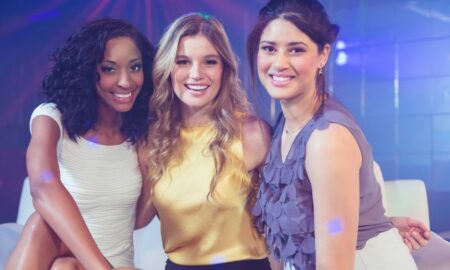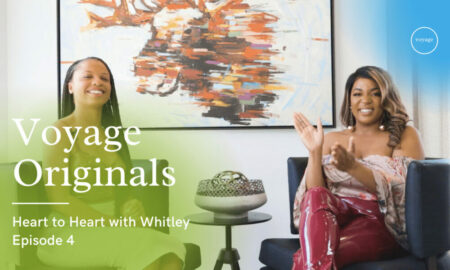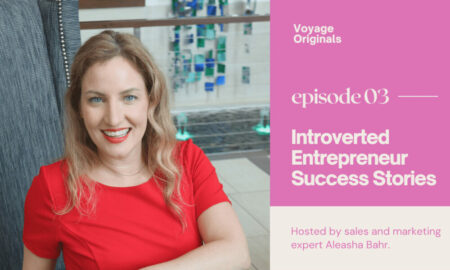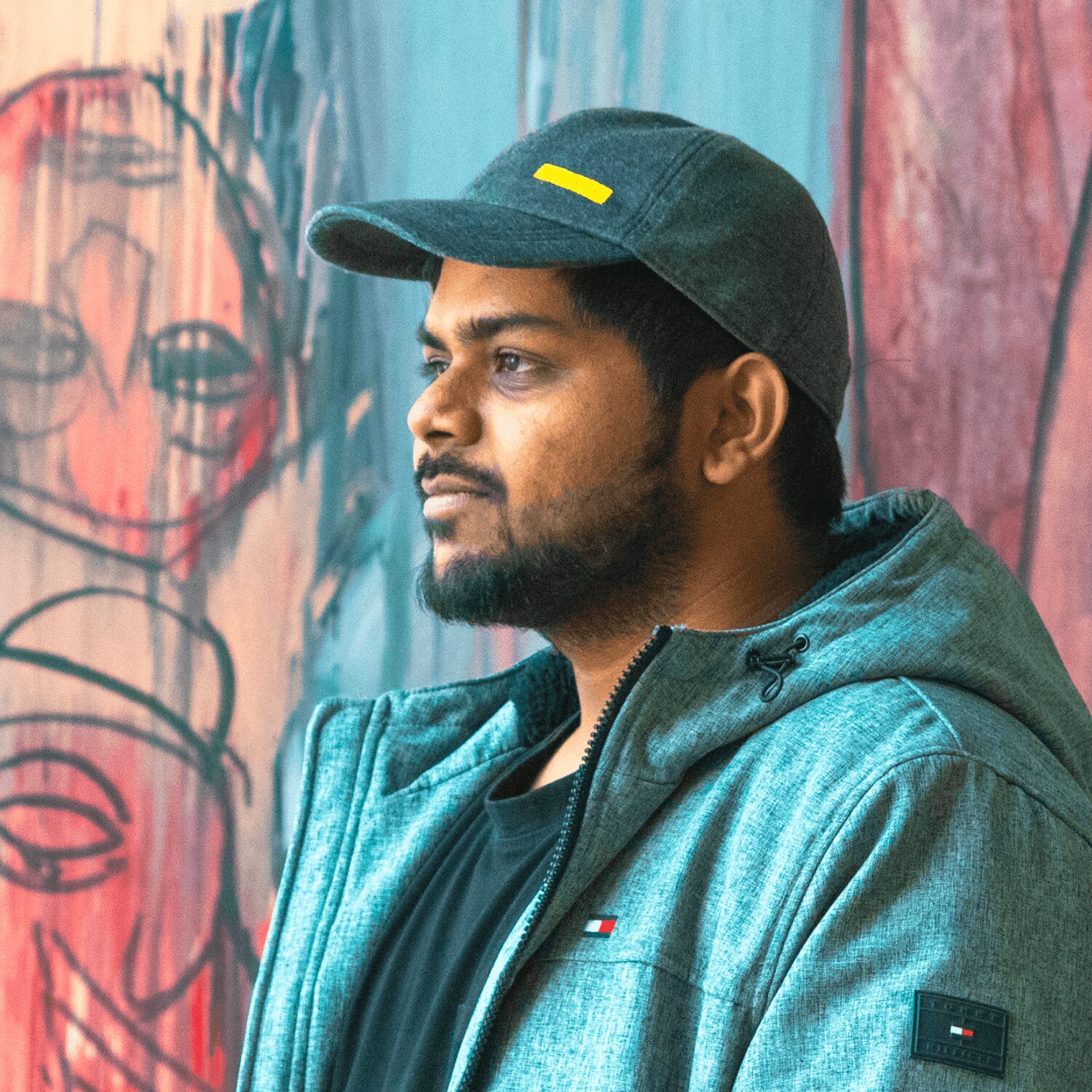

Today we’d like to introduce you to Shakthi Hari N V
Hi Shakthi Hari, so excited to have you on the platform. So before we get into questions about your work-life, maybe you can bring our readers up to speed on your story and how you got to where you are today?
I am an art director, multi-disciplinary designer, and illustrator from India, currently based in the United States. My journey into design has been anything but linear — I began as a chemical engineer, transitioned into a business technology analyst, and eventually found my true calling in graphic design. Today, I consider myself a design generalist, deeply invested in using design as a tool to tell meaningful and impactful stories for brands and individuals.
My earliest memories of creating go back to drawing on cement floors with chalk as a child. I was fascinated when people clapped at my scribbles — so much so that I began drawing their faces just to make them clap more. That early, almost addictive joy in creating slowly transformed into an enduring relationship with visual expression. Over the years, I transitioned from chalk to paper, from graphite to paint, and eventually from brush to stylus, allowing my curiosity for mediums to shape my approach to design. In retrospect, my early understanding of material chemistry — why water behaved differently with paints or why oil paints took longer to dry — subtly informed my ability to learn new tools like Illustrator and Procreate with patience and adaptability later in my career.
I discovered graphic design during my undergraduate years when I worked as a cartoonist for my college magazine. I found myself immersed in brainstorming sessions with writers and editorial designers, captivated by the way ideas became words, and words became pages. This led me to join the design team of my college’s cultural festival, where I contributed to branding, merchandise, stage design, and digital collateral. Those years laid the foundation of my design practice — working fast, iterating fearlessly, and designing with intention — even though I was pursuing a chemical engineering degree from one of India’s top engineering schools. It was clear that my heart was firmly planted in design.
After graduating, however, I didn’t immediately transition into design. I took up a role as a Business Technology Analyst at Deloitte — a deliberate choice that allowed me to move to Bangalore, a city where design was thriving. While working my corporate job, I spent my evenings attending design events, networking with designers, and building my portfolio through passion projects. Eventually, I landed my first design role at Zeta, a fintech company, where I spent two transformative years as an associate graphic designer. This experience shaped my understanding of business-driven design, collaborating closely with writers, marketers, developers, product designers, and executives. It also sharpened my understanding of user-centered design, accessibility standards, and brand communication, allowing me to transition from a graphic designer to a visual designer with a strong focus on digital design.
Parallelly, I was working as a freelance illustrator. I was fortunate to collaborate with brands &TV shows like Rick and Morty (Adult Swim, Cartoon Network), Freshworks, and several independent clients. This phase allowed me to explore illustration as a distinct visual language while deepening my practice in commercial design.
In 2021, I joined Chargebee as a lead designer, where my primary responsibility was to lead the company’s complete rebrand. I was tasked with creating a comprehensive design system, migrating the website to a headless CMS, and ensuring that the new brand language permeated every touchpoint. Over the course of two years, I grew into a design manager, leading a team through large-scale implementations, collaborating with cross-functional teams, and making strategic design decisions that impacted the company’s global presence. However, once the rebrand was complete, I felt an undeniable sense of emptiness. I realized that I had spent years designing for business outcomes but had yet to define my personal design philosophy — the guiding force that would shape the next 20-30 years of my career.
This realization led me to pursue an MFA in Graphic Design at MICA, Baltimore. I wanted to unlearn my previous approaches to design and immerse myself in a space where experimentation, critical thinking, and conceptual design were prioritized over business metrics. The past two years have been the most transformative of my career. I allowed myself to design without the pressure of business outcomes — instead, I experimented, deconstructed, and redefined my approach to design. My work increasingly centered around typography, language, and culture, especially exploring the complex intersections of my mother tongue, Tamil, and English. This exploration evolved into my thesis on hybridity in languages, viewed through the lens of Tanglish (Tamil + English) and speculative typography.
In 2024, I had the incredible opportunity to work with &Walsh, a New York-based design studio. It was my first time working in an agency environment, and the fast-paced, high-output culture required me to design on my feet while collaborating with some of the most talented designers I’ve ever met. I contributed to packaging design, visual identities, and branding for film projects, and also assisted the studio in launching their new type foundry, ‘Type of Feelings’. The experience left me with a sharper understanding of brand design at scale, rapid ideation, and creative execution.
Currently, I find myself deeply drawn to design that operates at the intersection of culture, technology, and human experience. Moving forward, I’m looking to contribute meaningfully to the global design industry by bringing a cross-cultural perspective, strategic design thinking, and a deep love for craft to the table. My goal is to design for impact, along with output/metrics — crafting visual narratives that resonate on a human level, no matter the medium.
We all face challenges, but looking back would you describe it as a relatively smooth road?
While my career path might appear seamless from the outside, I’ve encountered my fair share of internal and external challenges that have shaped the way I approach design today. Each of these challenges — whether born out of shifts in technology, changes in work environments, or internal struggles — has taught me to adapt, recalibrate, and deepen my understanding of what it means to create meaningful work.
One of the most complex challenges I’ve faced is navigating the increasing presence of AI in design. Having spent a significant part of my career honing my craft as an illustrator and designer, I initially approached AI with a sense of displacement anxiety. I worried that the craftsmanship I deeply valued — the texture of a hand-drawn line, the nuance of human imperfection — would be replaced by machine-generated outputs. It felt like the soul of design was at risk. However, over time, my perspective shifted. I began to understand that AI, rather than threatening creativity, could actually enhance it — enabling designers to prototype faster, visualize more possibilities, and scale their ideas. My current challenge is learning how to strike a balance between leveraging the efficiencies of AI while preserving human intuition in my work. I constantly ask myself: How do I maintain a distinct point of view when the tools themselves are starting to have one? This ongoing tension between craftsmanship and technology continues to shape my approach to design.
Another significant challenge came during the Covid-19 pandemic, when the sudden shift to remote work profoundly altered my creative rhythm. I’ve always thrived in collaborative spaces — feeding off impromptu conversations, sketching alongside peers, and building on collective energy. Remote work disrupted that dynamic, pushing my creative process into a more solitary and insular space. Without the immediacy of feedback or organic brainstorming sessions, ideas took longer to evolve, and the creative spark sometimes felt harder to sustain. To counter this, I turned to self-initiated projects — daily sketching rituals, experimental type explorations, and collaborative work with friends — as a way to keep my creative momentum alive. However, the shift also taught me the value of creative independence, and I now find myself navigating a new challenge: How do I balance the deep focus that solitude offers with the collective energy of in-person collaboration? I’m still exploring what hybrid creativity looks like in practice.
A less obvious but equally significant challenge has been navigating the fundamental differences between in-house design and studio work. Having spent a considerable part of my career working in-house for companies like Zeta and Chargebee, I learned to approach design through the lens of long-term brand building — focusing on scalability, consistency, and business impact. Design was deeply intertwined with business goals, and my role required thinking not just about aesthetics but about audience engagement and growth. However, there were limitations — the creative process often felt constrained by business objectives, and design sometimes operated as a function rather than a cultural driver. In 2024, I transitioned into studio work at &Walsh, which introduced a completely different creative rhythm. Studio design operated at high speed, with an emphasis on concept-driven, visually ambitious work that often prioritized creative impact over long-term business outcomes. The shift was thrilling but also demanding — sustaining creative energy at such rapid turnarounds came with its own challenges. Today, I’m still reconciling these two worlds. In-house work offers depth and long-term impact, while studio work offers speed and creative intensity. I often wonder: Where do I thrive best — building long-term design systems or pushing out high-impact creative work? I suspect the answer lies in finding a hybrid approach that merges strategic thinking with high-velocity execution.
Another internal challenge I grapple with is the paradox of choice. As a multi-disciplinary designer with experience spanning brand design, type design, editorial design, web design, and illustration, I’m often pulled in multiple creative directions. While this breadth of skills allows me to solve complex design problems, it also creates a recurring internal conflict: Should I specialize or remain a generalist? The design industry often celebrates specialists — product designers who focus solely on UX, type designers who specialize in letterforms, or brand designers dedicated to visual identities. Yet, my instinct has always been cross-disciplinary, allowing me to approach projects with unexpected perspectives. However, this breadth also comes with a cost — moments of creative fatigue or a lingering sense of spreading myself too thin. I’m learning to shift my mindset from needing a niche to embracing my role as a design integrator — someone who can merge disciplines, connect unlikely dots, and design solutions that don’t fit within conventional boundaries. Rather than narrowing my practice, I’m now finding strength in multiplicity.
Perhaps my most persistent internal challenge has been unlearning perfectionism. Early in my career, I operated under the belief that great design meant perfect execution — pixel-perfect alignment, mathematically precise curves, and airtight rationale behind every decision. This mindset often slowed me down, as I spent disproportionate time polishing work instead of shipping it. Over time, I’ve come to realize that momentum often matters more than mastery — that unfinished, unpolished ideas can sometimes lead to the most surprising outcomes. However, unlearning perfectionism is a slow process. Even today, I catch myself obsessing over micro-decisions — debating between two typefaces, over-refining kerning, or reworking layouts — when I should simply trust my gut and move forward. My current focus is learning when to perfect and when to let go — creating space for instinct, spontaneity, and creative velocity without compromising craft.
Through all of these challenges, one thing has remained constant: my deep belief in the transformative power of design. I’m particularly interested in the interplay between culture and design, and I’ve come to see design as more than just a tool for communication — it’s a medium that can shape perception, provoke thought, and influence behavior. I carry this responsibility with intention, especially in a time when the world feels increasingly fragmented. Whether it’s through type design, brand systems, or visual storytelling, my goal is always to create work that feels human, resonant, and culturally relevant.
Alright, so let’s switch gears a bit and talk business. What should we know about your work?
My work is rooted in typography — I see it as the backbone of visual communication, with everything else serving as a supporting act. While I enjoy creating striking visuals, I believe typography carries the weight of meaning, and my role as a designer is to amplify it. I’m particularly drawn to moments when design leaves room for interpretation, allowing the audience to engage beyond the surface. This sensibility often shapes my experimental type work, where I explore the tension between form and function, ensuring that my work feels both compelling and purposeful.
I identify as a multi-disciplinary design generalist and design leader, moving fluidly between individual contribution and team leadership. My experience spans brand design, publication design, web design, marketing design, and type design, equipping me to build cohesive visual identities and scalable design systems. I’m particularly interested in the interplay between culture and design, and I believe that design has the power to influence behavior and perception — a responsibility I take seriously, especially in a world that feels increasingly fragmented.
My work has been recognized by Communication Arts, One Club for Creativity, GD USA American Design Awards, AIGA Flux, Indigo Design Awards, and the Society of Typographic Arts (STA) Awards. These recognitions have reinforced my commitment to creating work that serves both people and purpose.
Can you talk to us a bit about happiness and what makes you happy?
Happiness, for me, often comes from making — from the act of shaping ideas into tangible, visual forms that connect with people. Design, at its best, feels like discovery. I find deep joy in the process of experimenting with type, building visual identities, or crafting design systems — especially in moments when the outcome surprises me. There’s a distinct thrill in following an idea wherever it leads, trusting that the outcome will surprise me. This sense of playful curiosity — of allowing intuition to guide the work — has always been central to my design practice.
But my happiness isn’t confined to design alone. I find it in the simple, grounding moments of life — cooking a good meal for the people I love, sharing long unhurried dinners, or making filter coffee in the morning and savoring the first sip. I love the quiet act of filling a sketchbook page, handwriting notes, or getting lost in a long evening walk without a destination. These moments of slowness — of being present and unstructured — often feed my creative energy. I’ve realized that the best ideas rarely emerge when I’m staring at my screen but rather when I’m out in the world, noticing small, beautiful things.
I’m also happiest when my design work has a tangible human impact. Whether it’s creating a typeface that feels culturally familiar, designing a brand that helps a company find its voice, or crafting something that resonates on an emotional level — those moments of connection feel deeply rewarding. I think of design as a bridge between people and ideas, and my happiness often comes from knowing that I’ve built something that makes that bridge clearer, warmer, and more meaningful.
At the heart of it all, my happiness is rooted in making — whether that’s making dinner, making a new friend, making a typeface, or making sense of an abstract idea. I’ve learned that the work that brings me the most joy isn’t the work that’s perfect but the work that feels human — filled with quirks, unexpectedness, and warmth. And maybe that’s my guiding principle in both design and life — to stay curious, stay connected, and make things that make people feel something.
Contact Info:
- Website: https://www.shakthihari.com/
- Instagram: https://www.instagram.com/shakthiharinv
- LinkedIn: https://www.linkedin.com/in/shakthiharinv/
- Youtube: https://www.youtube.com/@ShakthiHariDesign
